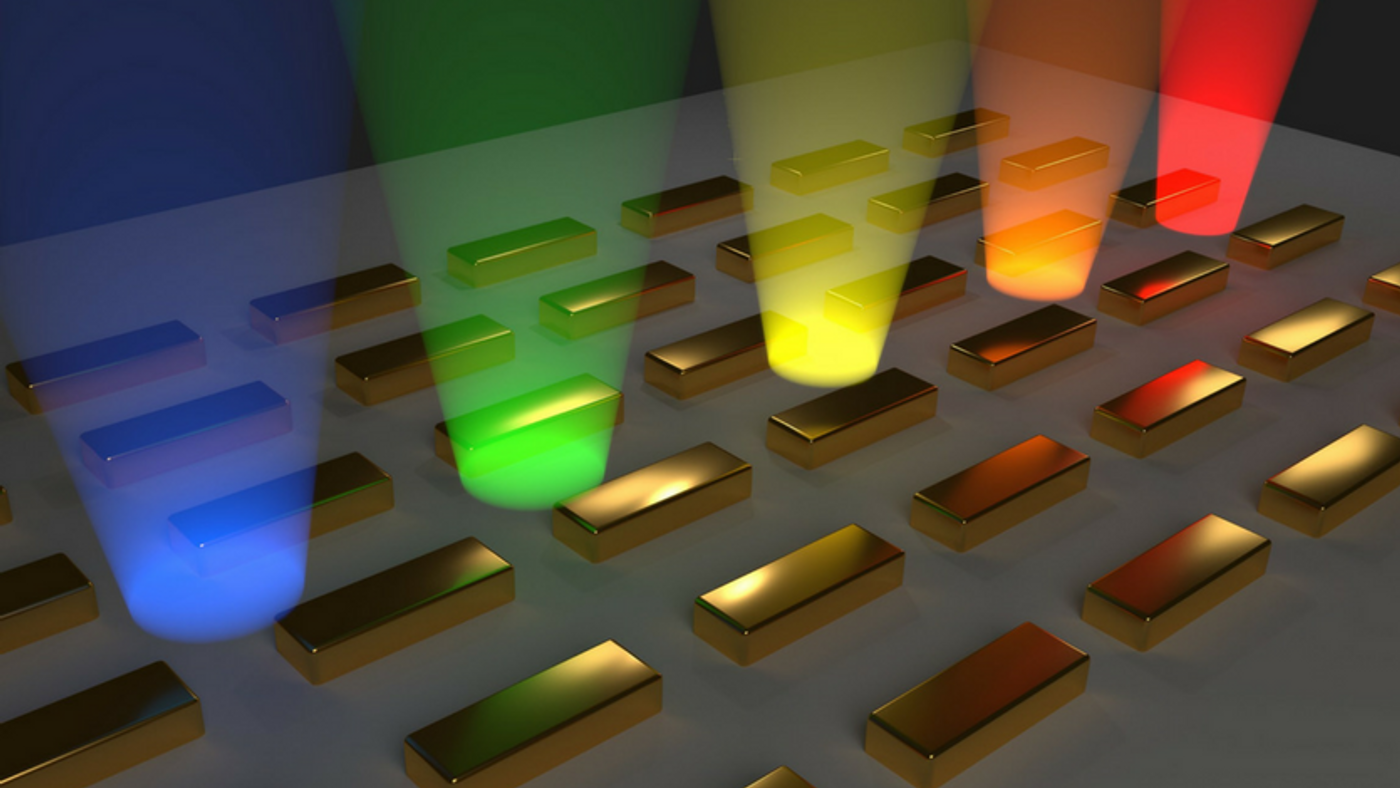New Bose-Einstein Condensate Created Through Electron-Photon Coupling
A group of Finnish researchers at the Aalto University has discovered a new kind of Bose-Einstein condensate (BEC), often called the fifth state of matter besides liquid, solid, gas and plasma. It is made of light coupled with metal electrons, so-called surface plasmon polaritons. This exotic existence is believed to bear promise for future technologies” due to its ultrafast, room-temperature and on-chip nature.
According to the Standard Model of physics, our world consists of two types of particles: bosons and fermions. The main difference between the two groups of particles is how they behave when one tries to bring them into the same physical state (i.e., position and velocity). For example, for two fermions (such as electrons) it is fundamentally impossible to ever be in the same state. On the other hand, multiple bosons (such as photons, particles of light) can be brought to the same state simultaneously.
When collections of diluted bosons are cooled to temperatures very close to absolute zero, they would be rendered the same lowest quantum state, a condition that allows quantum phenomena become apparent. Such process is known as Bose-Einstein condensation.
Bose-Einstein condensations have been observed in different conditions and forms. Last year scientists from UIUC, University of Oxford, and the University of Amsterdam have made a new BEC known as condensed excitons in a material called titanium diselenide. Unlike other bosons based BECs, excitons are pairs of electrons and holes inside a solid material that together behave like a single particle.
Researchers have been pushing the boundaries to create BECs at faster timescales, higher temperatures, and of smaller sizes. The Aalto group made condensed particles from mixtures of light and electrons in motion within gold nanorods arranged into a periodic array.
Unlike most previous experimental Bose-Einstein condensates, the new condensate does not need to be cooled down to temperatures near absolute zero because the particles are mostly light, the condensation could be induced at room temperature.
In an interview, Päivi Törmä, a physics professor at Aalto University and the leader of the group commented on their photo-electron coupling-based BEC: "The gold nanoparticle array is easy to create with modern nanofabrication methods. Near the nanorods, light can be focused into tiny volumes, even below the wavelength of light in vacuum. These features offer interesting prospects for fundamental studies and applications of the new condensate."
This study was published recently in the journal Nature Physics. The Finnish researchers hope that the new type of BEC can bring revolution to the world of microelectronics due to its on-chip systems. It can be scaled up by using nanolithography and microfluidics and operate at room temperature.
A new Bose-Einstein condensate created at Aalto University. Credit: Aalto University
Source: Aalto University









